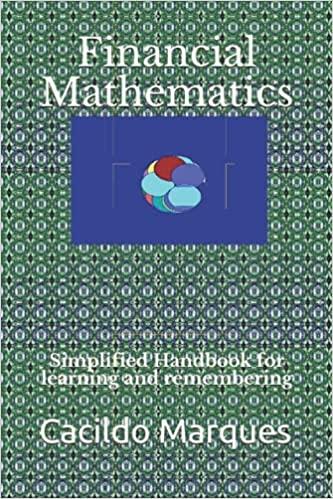Question
Topic - Tax planning and anti-avoidance Facts Troy is a qualified radiologist who operates a successful radiology practice from purpose- built rooms attached to his
Topic - Tax planning and anti-avoidance Facts Troy is a qualified radiologist who operates a successful radiology practice from purpose- built rooms attached to his house. Troy works in the practice three days a week, and the other two days he is contracted to provide radiology services to several rest homes in his region. Troy travels to the rest homes and undertakes the radiology procedures at the rest homes, spending approximately half a day at each. The radiology practice generates a net income of approximately $45,000 per annum. Troy receives $40,000 per annum from his contract work with the rest homes. Troys wife, Sheri, is a qualified IT consultant. Sheri returned to work part-time in February 2019, after spending several years looking after their children. Sheri undertakes contract work from her home-office for several construction companies and also takes on private clients. The net income from Sheris IT consultancy work is approximately $25,000 per annum. In April 2019 Troy and Sheri acquired two rental properties, both of which are highly- geared and generate total tax losses of approximately $50,000 per annum. When the rental properties were acquired, Troy and Sheri set up a company, T& S Ltd, in which to hold the rental properties. Sheri now runs her IT consultancy business through T & S Ltd and Troy also now runs his private radiology practice through the company. Troy continues to run the rest home contracts through his own name. At the end of the income year 2020, Sheri and Troy plan to draw salaries from T & S Ltd for their respective share from IT consulting and radiology work, based on the profit the company has made. The profit will be split on a proportionate basis, based on the number of hours each has spent in their respective businesses during the year. Due to the significant losses the rental properties will generate, the profit in T & S Ltd is expected to only be approximately $20,000 per annum, with the salaries being split 70:30 to Troy and Sheri respectively.
Required: Write a report to Troy and Sheri advising them of any problems, you see in the above steps and whether the arrangement between T & S Ltd and Troy and Sheri is void as against the Commissioner by virtue of s BG 1 ITA 2007. Apply the facts above and use appropriate references to the relevant sections of the Income Tax Act 2007 and conclude whether there has been a tax avoidance arrangement which could be attacked by Inland Revenue under the general anti-avoidance rule [GAAR] of the Income Tax Act 2007 and what the consequence would be.
Your report should cover the following: (1) At least three significant/relevant New Zealand tax cases to support your opinion. You can refer to leading cases from other jurisdictions and other New Zealand cases.
(2) The steps from the Interpretation Statement issued by the IRD on 13 June 2013 and relevant tests with relevant case law. (The Interpretation Statement issued by the IRD on 13 June 2013).
(3) Your report should also consider what (if any) shortfall penalties taxpayers, Troy and Sheri may be liable for. Include statutory authorities (The Income Tax Act 2007 and The Tax Administration Act 1994).
Step by Step Solution
There are 3 Steps involved in it
Step: 1

Get Instant Access to Expert-Tailored Solutions
See step-by-step solutions with expert insights and AI powered tools for academic success
Step: 2

Step: 3

Ace Your Homework with AI
Get the answers you need in no time with our AI-driven, step-by-step assistance
Get Started


